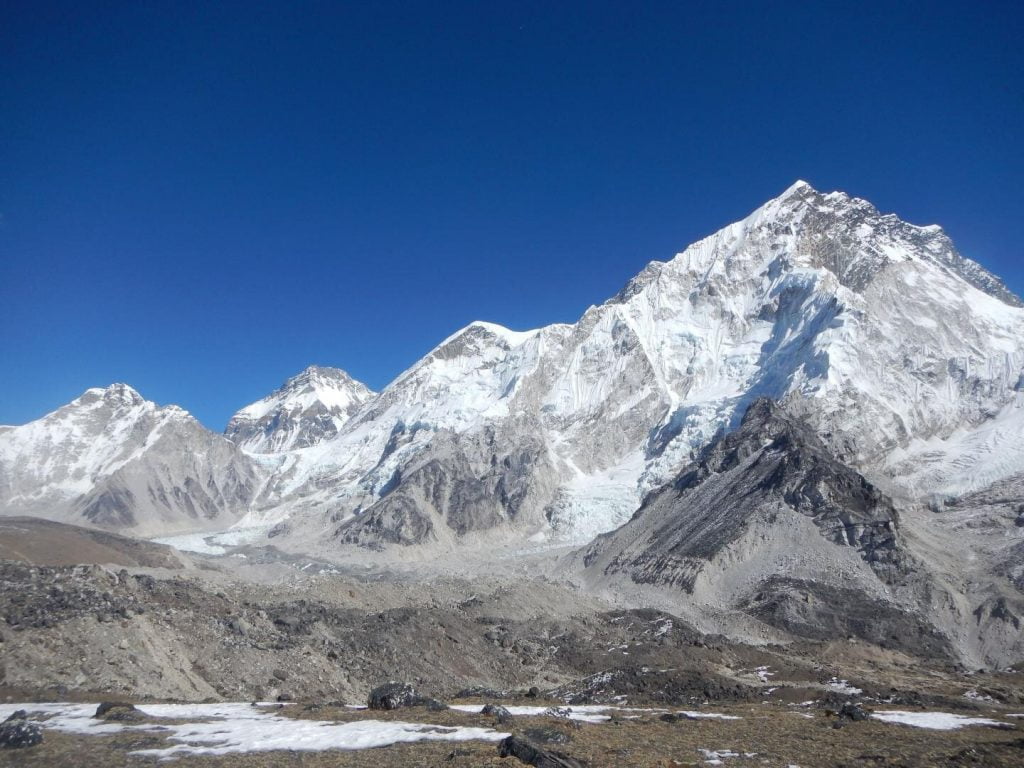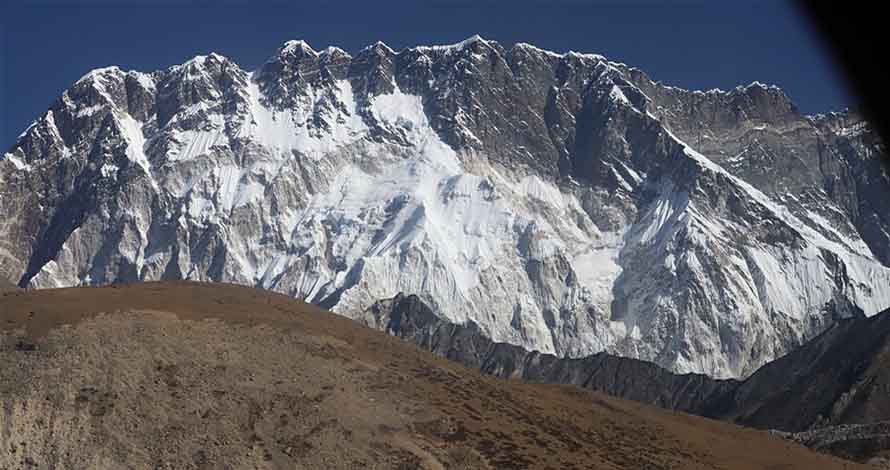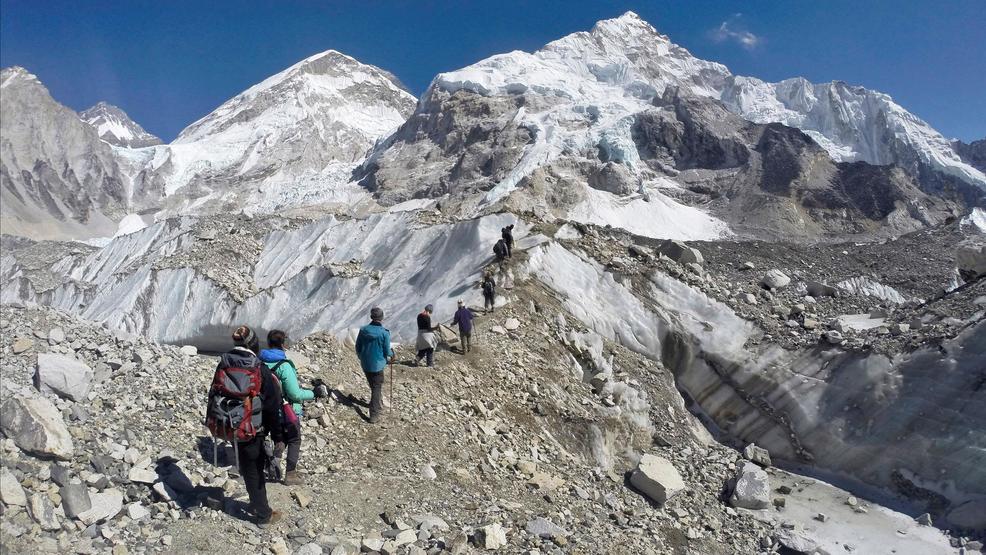By: Adelle Fernandes
A recent study came to the conclusion that the Himalayas generate high quantities of natural aerosols that could play a role in cloud formation and the Earth’s climate.
What are aerosols and how do they help predict climate change?
Aerosols are microscopic solid, liquid, or mixed particles that remain suspended in the air. They form condensation nuclei particles, on which water vapor condenses when they rise up the atmosphere, thus forming clouds. However, since water content in the atmosphere doesn’t change in relation to aerosol change, an increased quantity of aerosols hold on to smaller droplets that fall to the ground in a gradual manner. Understanding clouds and cloud formation helps scientists in predicting climate changes. The key when studying aerosols and their cloud-forming properties is new particle formation (NPF), the process that is behind aerosol numbers in the atmosphere. NPF events are typically observed at high altitude or mountain atmospheric observatories.
The Aerosol factory
Owing to the nature of the winds, organic aerosols are transported over distances far and wide, and to higher altitudes of the Himalayas. Researchers concluded that the Himalayas act as a “free tropospheric aerosol factory”, and discovered that natural aerosols could be the source of nearly half of the atmosphere’s cloud condensation nuclei in the region, and thus influence cloud properties.

The research
As per a study conducted by Nature Geoscience, up-valley winds bring vapors emitted by vegetation in the Himalayan foothills to higher altitudes. Along the way they turn into volatile compounds which rapidly form new aerosol particles that are transported into the troposphere, the lowest layer of the atmosphere. Due to a poor understanding of aerosol particles in the pre-industrial period, there was uncertainty regarding the man-made contribution to aerosol formation. To right this wrong, the Institute of Atmospheric and Earth System Research (INAR), University of Helsinki, Finland, studied the new aerosol formation in pre-industrial-like conditions found at the Nepal Climate Observatory, Pyramid station, located 5,079 meters above sea level.
The researchers found that the Himalayan region pushes into the free troposphere large quantities of aerosol particles produced from organic sources, but not man-made or “anthropogenic” sources. That makes aerosol production in the Himalayan region close to pre-industrial conditions where aerosols in the upper troposphere were mainly biogenic rather than anthropogenic.
Plants give off large quantities of gases, which are oxidized in the atmosphere and produce small quantities of sticky molecules that bind together and form tiny aerosol particles. These particles can grow larger by condensation of other products of oxidation, and eventually turn into cloud condensation nuclei. These particles impact climate change directly by increasing the reflectivity of the atmosphere or they affect it indirectly by changing the properties of clouds, because they serve as cloud condensation nuclei.

The significance of this study
The findings of this research helped understand aerosol particles more effectively. As these particles scatter and absorb solar radiation, act as cloud condensation nuclei and affect the melting of glaciers and the cooling of atmosphere – all these impact climate and help predict climate change. This study also provides an important base for carrying out future studies on aerosol transportation.
When this natural balance in the atmosphere gets affected, the phenomenon is known as radiative forcing. Understanding aerosol concentrations is important for monitoring this radiative forcing. When incoming radiation increases, there is positive forcing, and when heat emitted into space increases, there is negative forcing. It has been well established that when an imbalance in the radiation forces occur in the upper atmosphere, it is directly reflected as a change in surface temperature. Therefore, monitoring radiative forcing helps predict climate change and its impact on the surface. The new study helps in understanding the effects of radiative forcing from the Himalayas and the extent of anthropogenic or human contribution to aerosols in the upper atmosphere.
References:
Picture Sources:
1. Global Environment Facility
2. Phys.org



















































































